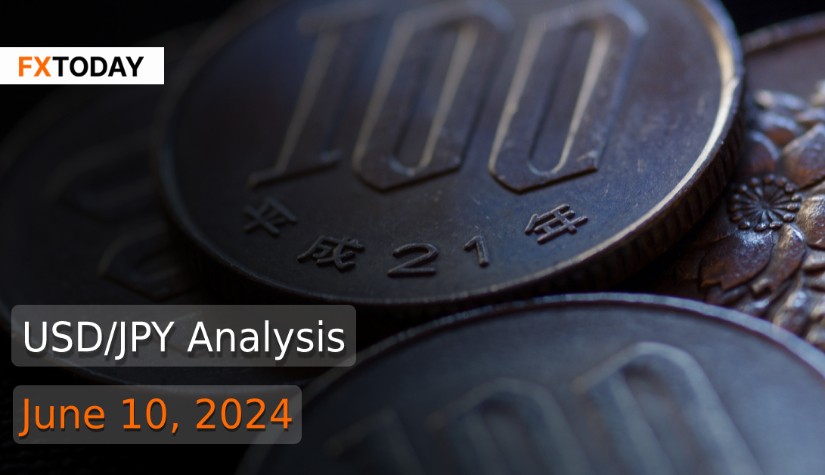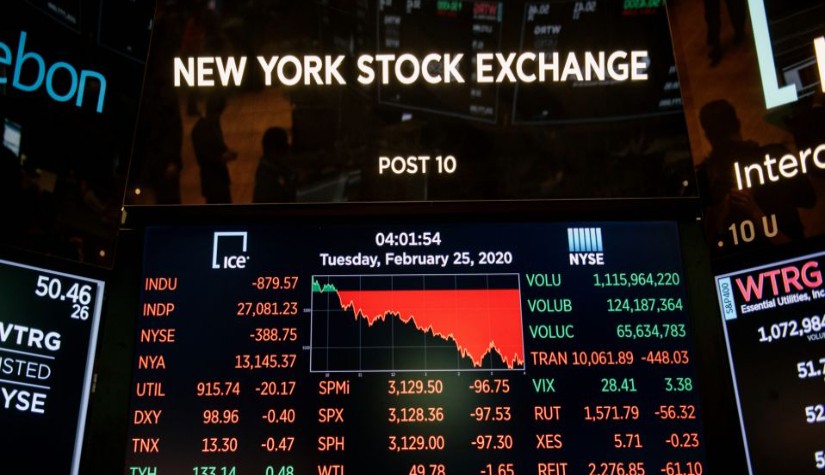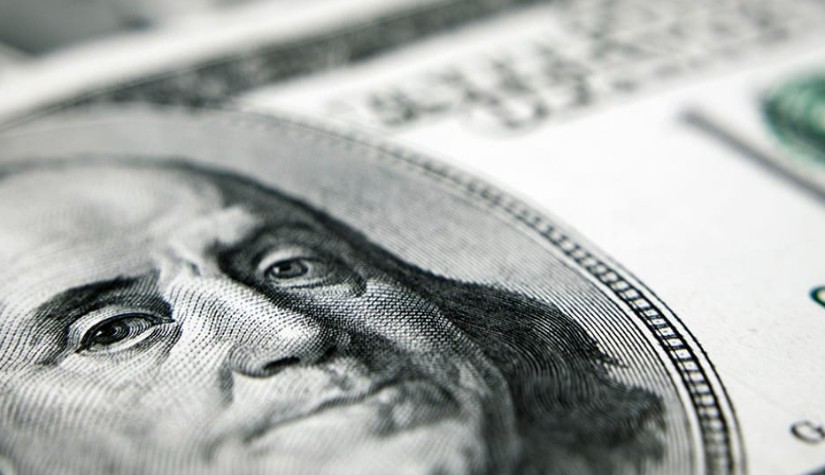Japan's Q1 GDP Contraction Eases; Inflation and Wage Issues Persist
Japan's economy contracted slightly less than initially estimated in the first quarter, with a smaller than expected decline in capital spending, though weak private consumption continued to be a drag. Revised data showed the GDP shrank by 1.8% annualized, slightly better than the 2.0% preliminary estimate and economists' forecast of 1.9%. Capital expenditure fell 0.4% quarter-on-quarter, improving from the initially estimated 0.8% decline.
In May, Tokyo's consumer price index inflation met expectations with a modest rise in spending. However, key inflation metrics fell below the Bank of Japan's (BOJ) 2% target for the first time since August 2022, creating uncertainty about future interest rate hikes.
Real wages fell by 0.7% in April, marking the 25th consecutive monthly decline, although the pace of decline slowed from March's 2.1%. This decline, driven by consumer inflation outpacing wage increases, remains a concern for policymakers aiming for sustained economic growth. Household spending in April saw its first increase in 14 months, though the growth was tepid due to ongoing consumer caution amid high prices.
Japan's service sector saw robust gains in May despite inflationary pressures, with new business growth driven by tourism and a weak yen. Factory activity also expanded for the first time in a year, though growth was modest with ongoing demand issues and high input costs due to the weak yen. Manufacturers remained optimistic about future prospects, despite rising labor and material costs.
Prime Minister Fumio Kishida's advisory panel urged vigilance regarding the yen's depreciation, highlighting its impact on inflation and household costs. The panel's draft action plan emphasized the need for government support to expand Japan's entertainment content businesses, noting that overseas sales of such content are now more valuable than Japan's steel exports.
Prime Minister Fumio Kishida has instructed the government to draft a six-year economic and fiscal plan aimed at moving away from a cost-cut-focused economy towards one that promotes productivity and investment. This plan, set to start in April 2025, aims for annual real growth of over 1% while maintaining fiscal health. The government's long-term fiscal roadmap is expected to be finalized by June 21.
The draft notes that consumption is sluggish and highlights external risks, including global monetary tightening and slow growth in China. The draft also mentions forthcoming legislation to facilitate cost pass-through in various industries, aiming to shift Japan from a deflation-prone economy to one driven by higher productivity and rising prices and wages.
Meanwhile, BOJ Governor Kazuo Ueda has suggested reducing the central bank's extensive bond purchases as it phases out its massive monetary stimulus. Following the end of negative interest rates and yield curve control in March, Ueda indicates a potential move towards tapering bond buying, which could begin as early as the next policy meeting. Despite the BOJ's current $4.8 trillion balance sheet, Ueda has not provided a specific timeline for reducing bond purchases, though analysts predict a possible cut of 1 trillion yen per month.
The dollar surged on Friday, securing a weekly gain, after a stronger-than-expected jobs report tempered expectations of a Federal Reserve rate cut in September.
The strong jobs data, despite some labor market softening, suggests continued economic growth, prompting the Fed to delay rate cuts. Higher-than-expected wage gains could mean persistent inflation, though the rise in unemployment might mitigate this concern.
The report came amid other labor market updates, including a three-year low in job openings. The U.S. economy added more jobs than anticipated in May, and annual wage growth reaccelerated, highlighting labor market resilience. The unemployment rate rose slightly to 4.0% from 3.9% in April, breaking a 27-month streak below 4%.
In April, the U.S. trade deficit widened by 8.7% to $74.6 billion due to a surge in imports outpacing a slight export increase. First-quarter worker productivity grew slightly less than initially estimated, but unit labor costs rose less than first thought.
Fed officials have signaled no rush to cut rates as inflation remains persistent and growth outlook solid. Although inflation has cooled, it hasn't hit the 2% target. May's inflation figures, due before the Fed statement on Wednesday, could solidify rate cut expectations if they show further easing.
The probability of a September rate cut fell to 45% from 55%. The Fed is expected to maintain current interest rates at its upcoming policy meeting, with market focus shifting to the number of rate cuts projected for the rest of 2024. The updated dot plot is likely to suggest two 25-basis point cuts, down from three in March. Therefore, the yen might have an opportunity to reverse and strengthen within the current price range if Japan's monetary policy is strict and its fiscal policy remains relaxed.
Data for Technical Analysis (30Min) CFD USD/JPY
Resistance : 157.18, 157.24, 157.32
Support : 157.02, 156.96, 156.88
30Min Outlook
Source: TradingView
Buy/Long 1 If the support at the price range 156.92 – 157.02 is touched, but the support at 157.02 cannot be broken, the TP may be set around 157.23 and the SL around 156.87, or up to the risk appetite.
Buy/Long 2 If the resistance can be broken at the price range of 157.18 – 157.28, TP may be set around 157.45 and SL around 156.97, or up to the risk appetite.
Sell/Short 1 If the resistance at the price range 157.18 – 157.28 is touched, but the resistance at 157.18 cannot be broken, the TP may be set around 157.01 and the SL around 157.33, or up to the risk appetite.
Sell/Short 2 If the support can be broken at the price range of 156.92 – 157.02, TP may be set around 156.79 and SL around 157.23, or up to the risk appetite.
Pivot Points Jun 10, 2024 03:33AM GMT
|
Name
|
S3
|
S2
|
S1
|
Pivot Points
|
R1
|
R2
|
R3
|
|---|---|---|---|---|---|---|---|
| Classic | 156.79 | 156.88 | 157.01 | 157.1 | 157.23 | 157.32 | 157.45 |
| Fibonacci | 156.88 | 156.96 | 157.02 | 157.1 | 157.18 | 157.24 | 157.32 |
| Camarilla | 157.06 | 157.08 | 157.1 | 157.1 | 157.15 | 157.17 | 157.19 |
| Woodie's | 156.79 | 156.88 | 157.01 | 157.1 | 157.23 | 157.32 | 157.45 |
| DeMark's | - | - | 157.05 | 157.12 | 157.27 | - | - |
Sources: Investing 1, Investing 2
















